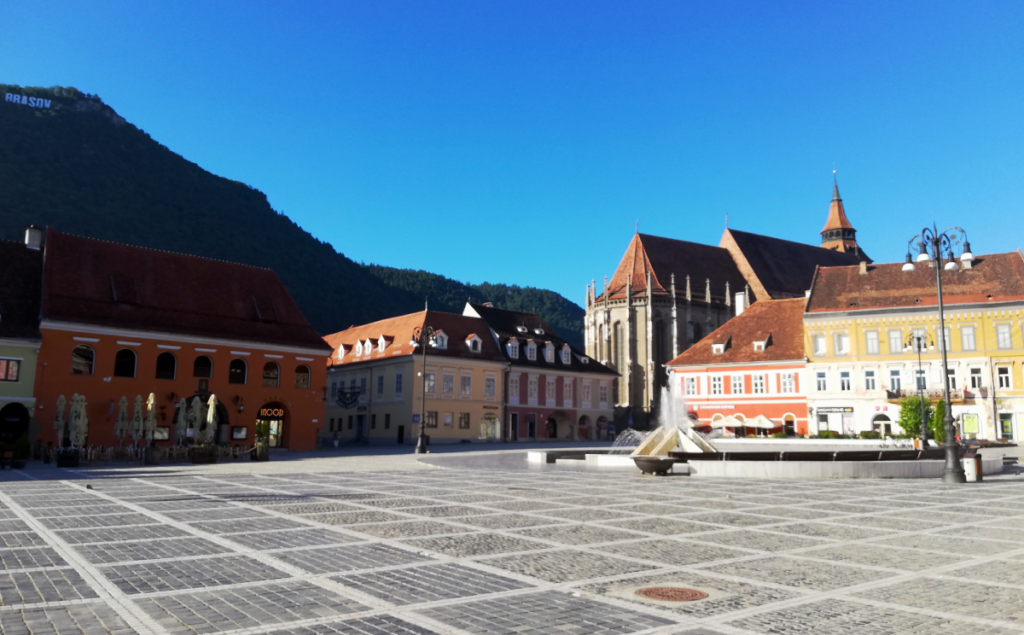Following Dracula’s Footsteps in Romania

Romania, a land of legends, dramatic landscapes, and rich history, offers a unique journey for those intrigued by the tales of Count Dracula. Bram Stoker’s infamous vampire is rooted deeply in Romanian folklore, drawing inspiration from the real-life figure of Vlad the Impaler. This travel guide will take you through the key locations associated with the Dracula legend, blending historical intrigue with gothic charm.
1. Bucharest: The Starting Point
Landmarks to Visit:
- Old Princely Court (Curtea Veche): Located in the heart of Bucharest’s Old Town, this historical site was once the residence of Vlad the Impaler. Although much of the court lies in ruins, it provides a fascinating glimpse into the 15th-century architecture.
- Snagov Monastery: A short drive from Bucharest, this island monastery in the middle of Snagov Lake is rumored to be the burial site of Vlad the Impaler. Accessible by boat, the serene setting contrasts with the dark history associated with Vlad.
2. Târgoviște: The Real Seat of Vlad’s Power
Landmarks to Visit:
- Targoviste Princely Court: Serving as Vlad the Impaler’s main residence, this complex includes the Chindia Tower, which offers panoramic views of the city. The court’s remains provide a poignant reminder of the region’s tumultuous past.
3. Transylvania: The Heart of the Dracula Legend
Key Destinations:
- Bran Castle: Often marketed as “Dracula’s Castle,” this picturesque fortress near the city of Brașov is nestled in the Carpathian Mountains. While there is no evidence Vlad ever lived here, the castle’s imposing architecture and eerie atmosphere make it a must-visit.
- Sighisoara: The birthplace of Vlad the Impaler, this medieval town is a UNESCO World Heritage site. Key attractions include the house where Vlad was born, now a restaurant and museum, and the well-preserved citadel with its Clock Tower offering stunning views.
- Poenari Fortress: Perched high on a cliff, this fortress was one of Vlad’s main strongholds. Reaching Poenari requires climbing over 1,400 steps, but the effort is rewarded with breathtaking views and a palpable sense of history.
4. The Carpathian Mountains: Embracing the Mythical Landscape
Experiences to Enjoy:
- Transfagarasan Highway: Dubbed one of the most scenic drives in the world, this winding road offers dramatic views of the Carpathian Mountains, reminiscent of the landscapes described in Stoker’s novel.
- Balea Lake: Located at the top of the Transfagarasan Highway, this glacial lake provides a serene setting for reflection and exploration, especially captivating during the winter months when the Ice Hotel is constructed.

5. Brasov: The Gateway to the Gothic
Landmarks to Visit:
- Black Church (Biserica Neagra): This gothic cathedral, with its darkened walls from a 17th-century fire, adds to Brașov’s eerie ambiance.
- Catherine’s Gate: The only original city gate that still survives, leading into the old medieval fortress of Brasov.
Practical Tips for the Dracula Trail
- Best Time to Visit: Late spring to early autumn (May to October) offers the best weather for exploring these historical sites.
- Travel and Accommodation: Romania is well connected by a network of trains and buses. In larger cities like Bucharest, Brasov, and Sighisoara, a range of accommodation options is available, from budget hostels to luxury hotels.
- Local Cuisine: Don’t miss out on trying traditional Romanian dishes such as sarmale (cabbage rolls), mici (grilled sausages), and papanasi (a type of donut dessert). Many restaurants in tourist areas also offer Dracula-themed menus for an immersive experience.
Conclusion
Exploring Romania through the lens of Dracula’s legend is a captivating journey through history, folklore, and stunning landscapes. Whether you’re a fan of the gothic novel or intrigued by Vlad the Impaler’s historical figure, Romania offers a rich and diverse itinerary that promises both education and adventure. Pack your bags, prepare for a spine-tingling adventure, and delve deep into the shadows of Dracula’s realm.
